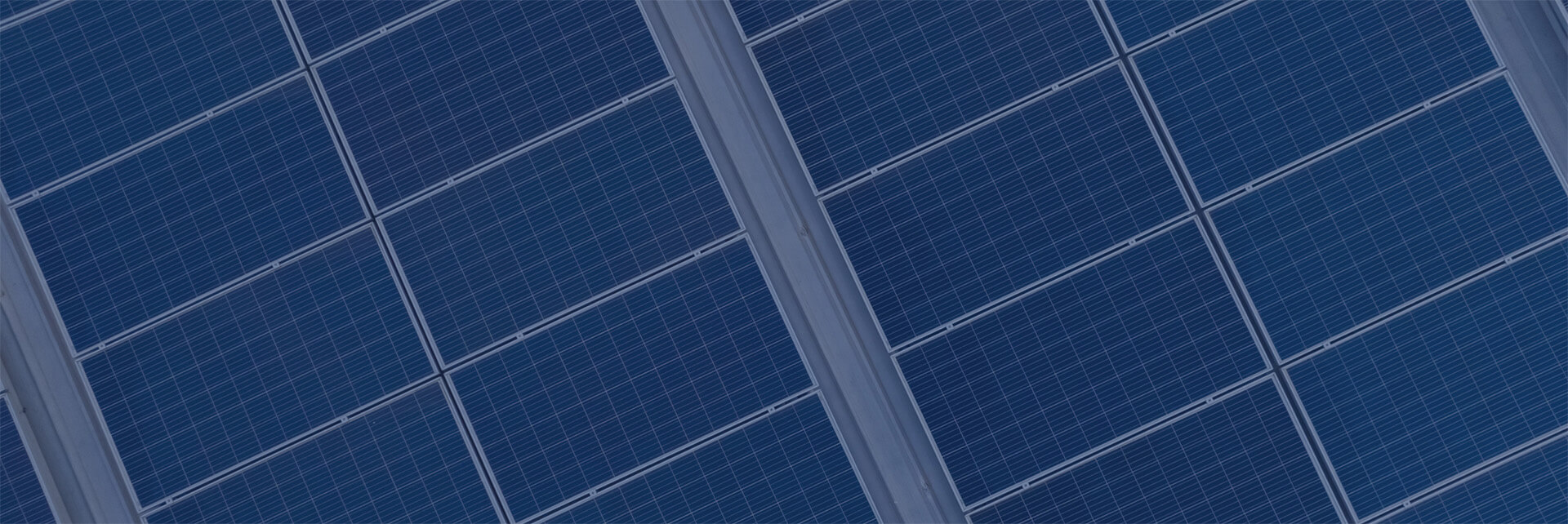‘Production’ and ‘generation’ are generally synonymous in grid-tied solar energy systems and refer to the daily, weekly, monthly, and annual generation of kWh. You may track your production quite closely or you may not. If production is less than your expectation you may suspect a problem. Causes of reduced generation include:
Seasonal changes – The worst months for insolation (sun energy) in Ontario are November and December. Snow cover can have a huge impact from December through April. Verifying full system performance during these times can be difficult or even impossible, depending on the conditions.
New shade – Have your trees grown taller? Neighbour built an addition? Some other source of shade that wasn’t there before?
Grid quality issues – Grid tied inverters are designed to rely on high quality grid electricity. If the grid electricity quality drops the inverter(s) may reject it and disconnect until the quality improves. This will result in lower average generation. Your inverter monitoring system should give you clues in the error or status codes if this is happening. The most common grid problem is high voltage, especially in rural areas.
Need for maintenance – Though PV system have no moving parts (trackers excepted), they do require routine preventative maintenance to ensure their safe and productive operation. Wiring problems, rodent damage, weather related wear-and-tear, and connection thermal cycling can all lead to seemingly random faults that hurt production. Your best defence is annual or bi-annual inspections by a qualified contractor to find issues before they compromise production.
Failed micro-inverters – A system of micro-inverters could have from a few to dozens or even hundreds of individual inverters. Any of them could fail and your generation will suffer. If you’re tracking your generation via your utility bill (ie for a MicroFIT system), a modest reduction in performance owing to failures, say 5% to 15%, can be impossible to separate from monthly and season weather variations. Your online motioning portal is your only true window into system performance. Use your monitoring system and make sure all of its components, including the micro-inverters themselves, have the latest firmware installed. Set up email alerts and learn how to navigate the online portal.
Failed string inverter – Easier to detect because the impact on generation will be large and the inverter is usually readily accessible to inspect. It’ll tell you something, either with lights or words on a screen. Or lack of both!
Blown string fuse – if you have string inverters you may also have string fuses. These fuses divide your total array into 2 – 6 sub-arrays per inverter. If one ore more fuse is blown the inverter will continue to operate but missing those parts of the array. This is a rare occurrence and may indicate other problems like ground faults.
